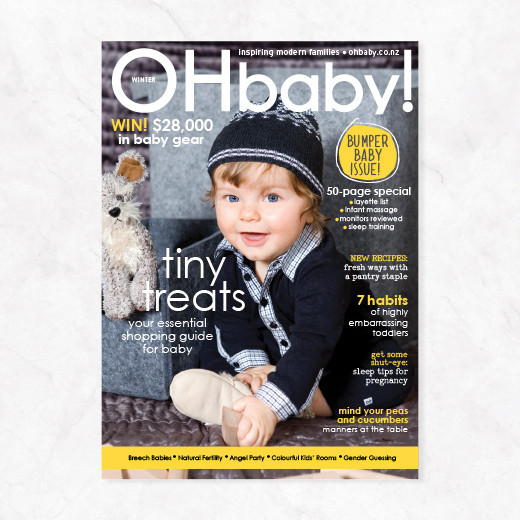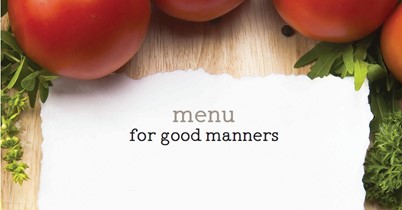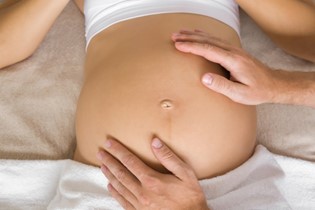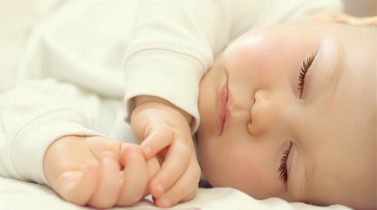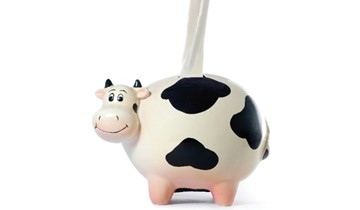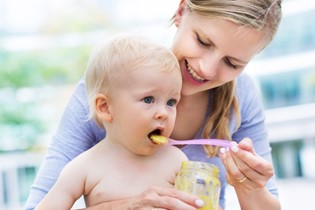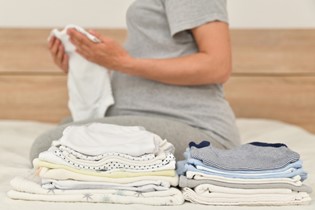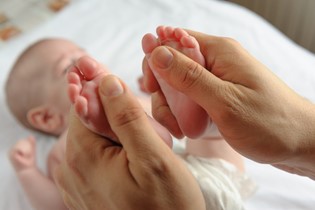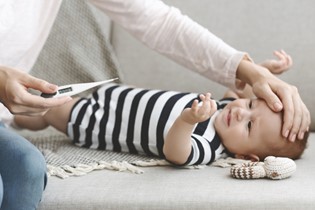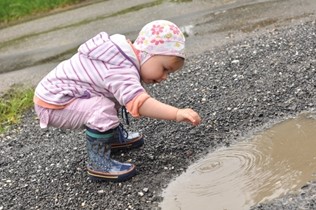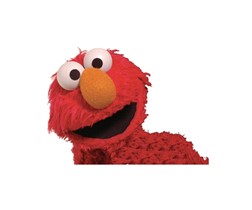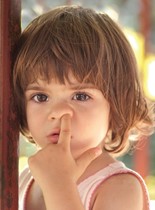Milk banking
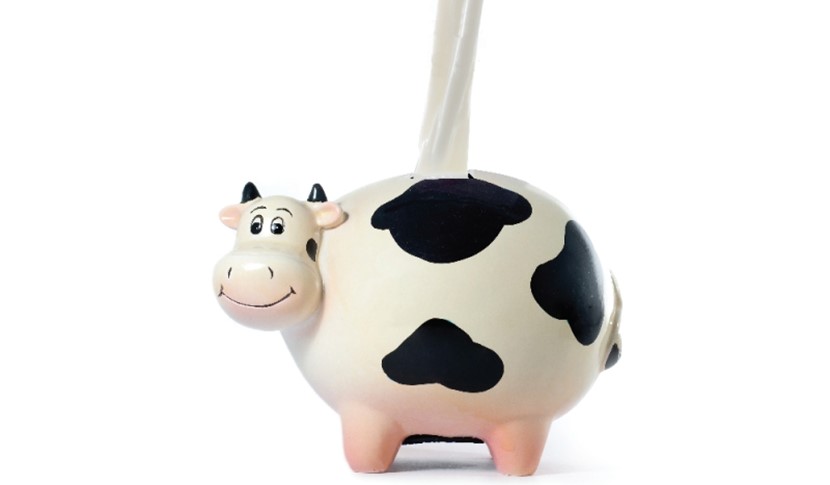
Fill 'er up, sister
Breastfeeding mums around the country are helping non-lactating mums get the good stuff into their babies, writes Sarah Tennant
If you want to become jaded with humanity, take a look at the comments section of any online article about the benefits of breastfeeding. The article itself can usually be boiled down to: "Yet more studies show that breastfeeding is a Good Thing, please do it." The comments, alas, are equally predictable:"
A will say: "As someone who couldn't breastfeed no matter how hard I tried, I find this article hurtful."B will respond with the helpful factoid that medically speaking, only 5% of mothers cannot breastfeed, with the implication that A was not one of them and should have tried harder.
C will call B a "breastfeeding Nazi" and comfort A by stating that formula is just as good as breast milk anyway.
D will proudly state that she formula-fed both her two babies and they turned out beautiful, intelligent and ear infection-free, which proves it.
E and F will start an argument over whether breastfeeders or bottle-feeders get more dirty looks when feeding in public.
G will take C to task for the use of the word "Nazi" to refer to lactivists, pointing out that genocide and wanting babies to be breastfed are not the same thing, and also, that breast milk is awesome.
This will continue for 20 more pages, or until it inspires another media piece about the "Mommy Wars".
It's a mess. And at first glance the problem seems insurmountable. All the non-judgemental acceptance in the world won't change the fact that, statistically speaking, formula-fed babies do less well than their breastfed peers. And all the judgement and shaming in the world won't magically fll up breasts with low supply or get a sleepy preemie to latch on.
The good news is there is at least a partial solution. Breastfeeding or formula-feeding aren't the only two options. After all, throughout history, women who couldn't breastfeed didn't just toss their babies off a cliff in despair.
They outsourced.
Sharing breast milk has been going on for millennia - it's mentioned in the Code of Hammurabi, Homer's Odyssey, the Qu'ran and the writings of Hippocrates. Usually milk was shared via paid wet-nursing - a subject crying out to be the topic of a gender studies course, as lower-class mums usually nursed noble children, sometimes at the expense of their own.
But in 1909, the world's first human milk bank opened in Vienna. Over the next several decades many countries followed suit, including New Zealand. Breast milk was collected from screened and tested donors, pasteurised, frozen and stored to redistribute to needy babies.
Milk banks to the rescue
It was great - until the spread of HIV in the 1980s led to fears of an outbreak via contaminated milk. Almost overnight milk banks around the world shut down. Today, as medical professionals recognise the necessity of breast milk for sick and premature babies particularly, countries such as the UK, USA and Australia have reintroduced milk banks. Today's banks follow scrupulous testing and hygiene standards similar to blood banks. New Zealand, sad to say, is lagging behind.
So why don't we have milk banks here? According to lactation consultant Maggie Morgan, the answer is quite simple: money. As a member of a group of lactational consultants working in neonatal units, Maggie has visited milk banks overseas and investigated the costs and protocols involved. Unfortunately, the equipment alone - milk bags, special dishwashers and a pasteurisation machine - costs $200,000. Because most NICUs in NZ have high rates of breastfeeding, it's hard to justify spending that money for the few preemies who aren't breastfed.
In the meantime, Maggie has successfully implemented international milk donation protocols at Wellington Hospital. If a mum inquires about donor milk, which Maggie says happens a few times a year, especially after formula recalls such as the China melamine scandal, Maggie explains the potential risks. Any donor is screened using a questionnaire such as that given to blood donors, inquiring about any recent blood transfusions or tattoos, smoking, drug use as well as mastitis and thrush. The donor is also screened for a range of diseases transmissible via breast milk - HIV, cytomegalovirus, hepatitis and other viruses.
More often, milk donation happens through a vast, informal grass roots network of caring mothers. Sometimes it is as simple as an offer. Recently my sister-in-law, Rosemary Roberts, bumped into a friend at the supermarket who mentioned she was planning to adopt a newborn baby. On the spur of the moment, Rosemary, who has milk to spare despite nursing her 29-month and 10-month-old sons, offered to donate.
Maria* hadn't even considered donor milk but a few weeks later, rang Rosemary to take her up on the offer. Now Rosemary pumps 100-150ml most days, delivering it fresh if possible, or frozen if the two busy mums don't see each other for a few days.
While Maria's husband thinks it's kind of weird, Maria describes the donor milk as "fantastic" and hopes to source more donors, with the aim of supplementing her daughter's milk until she turns one. And even though breast milk is only a small percentage of the baby's diet, it has one noticeable effect - preventing the constipation which can bother formula-fed babies.
Facebook friends
Not every parent has handy lactating friends. On the other hand, nearly everybody has Facebook. When Mana Le Gouais' partner was killed in a car crash in January last year, leaving their four-month-old daughter without breast milk, social networking sites and emails spread the word in record time. Within a dizzying seven hours, enough breast milk was promised to supply baby Kaya with food for two months.
Jaynie Cummings, a Northland midwife and mother of three, also learned about the power of the media - and Kiwi women - last year when she underwent a double mastectomy for cancer. A committed breastfeeder, Jaynie was devastated by the news, but also pragmatic. Her one-year-old son would not be put on formula.
"You do what it takes. To me it seemed so simple. I can't give him my milk so I will give him someone else's."
With her story appearing in the NZ Herald, on TVNZ's Close Up and on Jaynie's blog "Breastfeeding with Cancer", offers flooded in. Co-ordinating testing, breast pumps, storage bags and pick-ups has been an ongoing chore for Jaynie and her supporters. But several months later, the Cummings' freezer is still stocked with breast milk.
All hands to the pump
Jaynie and many other mothers requested milk via Facebook group, Human Milk 4 Human Babies (formerly Eats on Feets). The group is nothing as official as an organisation or company - it's more like Freecycle, only instead of swapping kids' clothes and old bookshelves, members offer and request breast milk.
Red tape is almost non-existent. The group's FAQ page offers a few bare pieces of advice, such as recommending match-ups between mothers and donors who have babies close in age (as breast milk changes composition as a baby grows, making toddler milk inappropriate for a newborn and vice versa). Everything else - payment or compensation, informed consent, testing, questionnaires, the logistics of transporting the milk and so on - is left to the common sense of the donor and recipient.
Wildly unregulated it may be, but the system certainly seems to work. Astonishingly enough, parents who go to the trouble of sourcing breast milk tend to care about their babies' health, and women with enough goodwill to pump and send milk to a stranger don't tend to object to being tested for transmissible diseases. I have yet to uncover any evidence of a Typhoid Mary Lactans sending out plague-ridden milk - just lots of messages by grateful mothers posting photos of their fat, healthy babies.
The vast majority of this milk-sharing is done by expressing the milk. Pumped milk is generally a much more convenient way to deliver the goods, and it allows the baby's mother to feed the baby herself. Plus, many mothers find the idea of another woman breastfeeding their baby unsettling, viewing it as a sacred bond between mother and child.
On the other hand, babies do receive benefits, particularly related to dental arch formation, by suckling from a breast rather than bottle. Cross-nursing can cause problems as some babies get a form of "nipple confusion" if they feed from women with different letdowns, but plenty of babies cope just fine.
While cross-nursing does occur today it's often in extreme situations. Actress Salma Hayek breastfed a hungry baby in Sierra Leone in 2009, earning herself about equal cheers and raised eyebrows. The less glamorous but distinctly awesome Jiang Xiaojuan, a Chinese police officer, breastfed nine babies whose mothers were missing or dead in the aftermath of the May 2008 earthquake in the Sichuan province.
The reaction to the issue was intriguing. Many women claimed they would be comfortable feeding another person's baby but a large number were unhappy with the idea of someone else feeding their babies in such a situation. I can understand the feeling. But at the same time, I find it immensely comforting to know that if I ever get hit by a bus a small network of stalwart friends would respond to the phone call by unhooking their nursing bras and pitching in to help.
At its best, sharing milk is a beautiful continuation of the attitude that results in a month's worth of casseroles showing up after a baby is born. Yes, it would be fantastic if the government got involved to provide a safe and reliable channel of donor milk. But in the meantime, it would be wonderful if a woman who mentioned not being able to breastfeed was greeted not with cynicism, but a caring, "Hey, where do you live? I have a dozen bags of breast milk in the freezer if you want it."
Now if you'll excuse me, I've got to hunt up my breast pump.
Sarah Tennant is a freelance writer in Hamilton. Sarah was lucky enough to breastfeed both her children - Rowan (nearly four) and Miles (eight months). She is currently building up a stash of donor milk to send to Jaynie, 30 measly millilitres at a time!

AS FEATURED IN ISSUE 18 OF OHbaby! MAGAZINE. CHECK OUT OTHER ARTICLES IN THIS ISSUE BELOW
